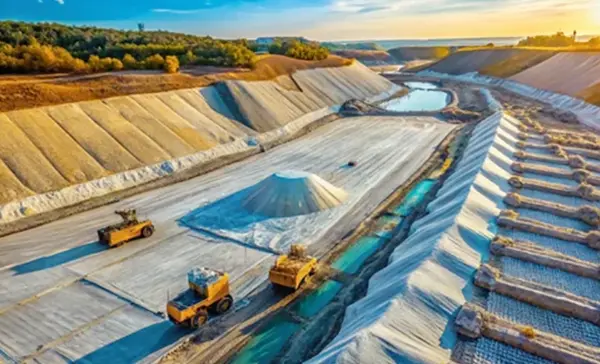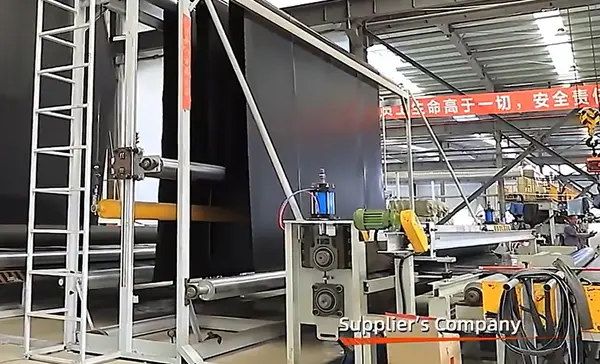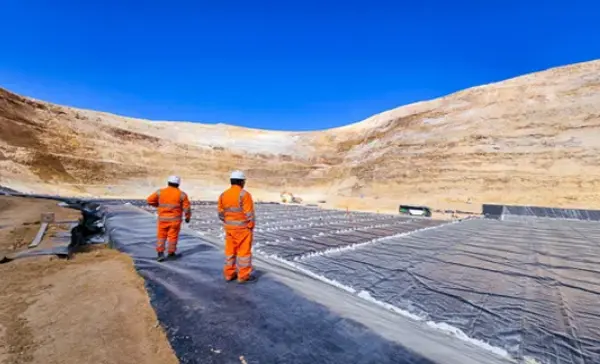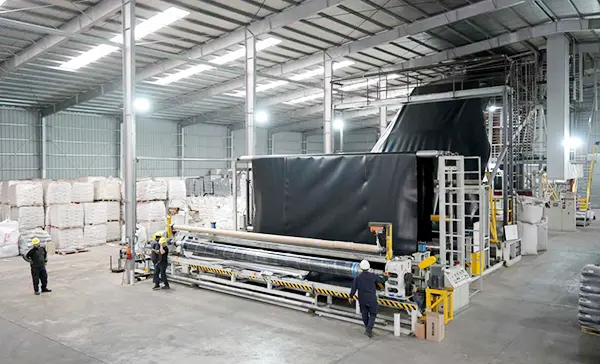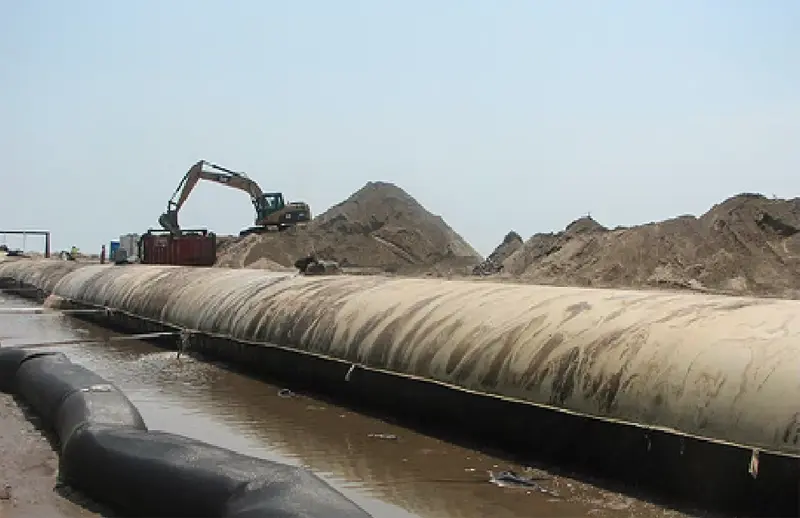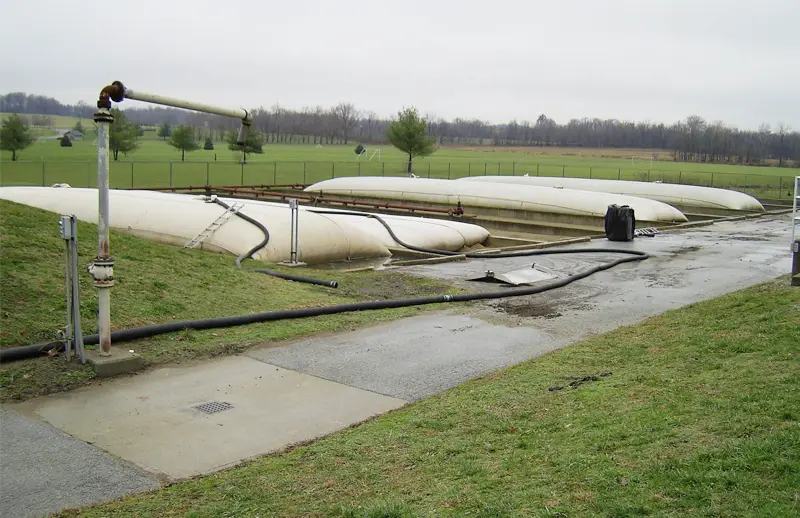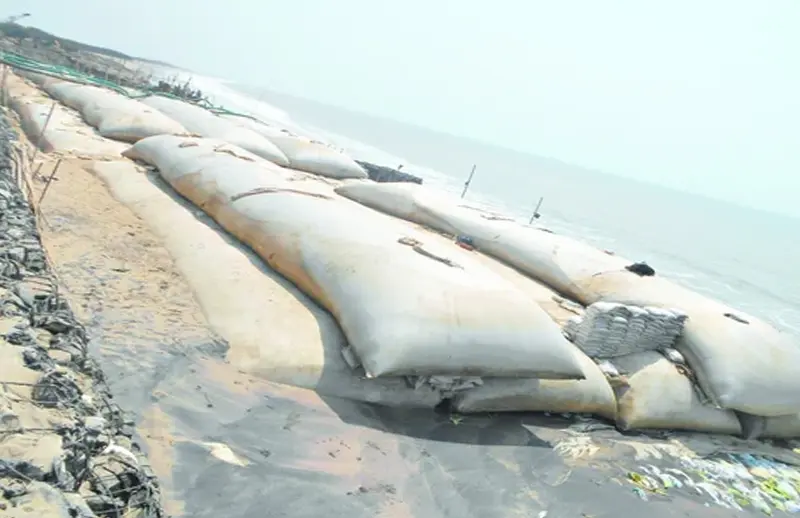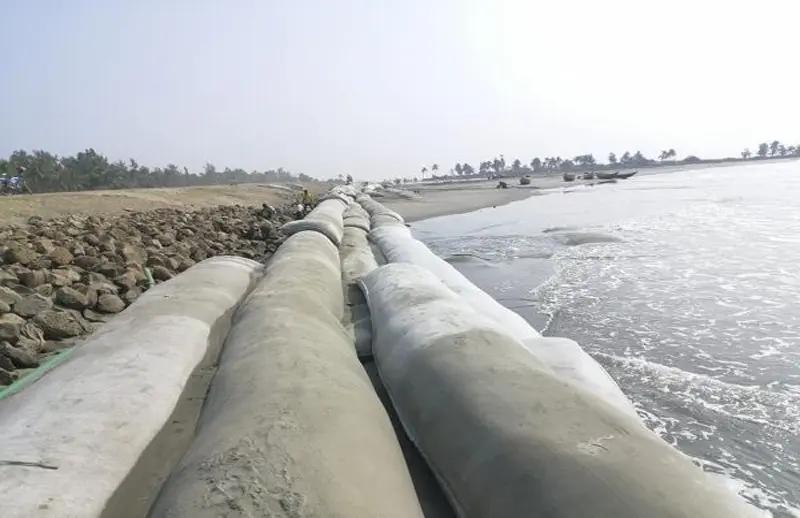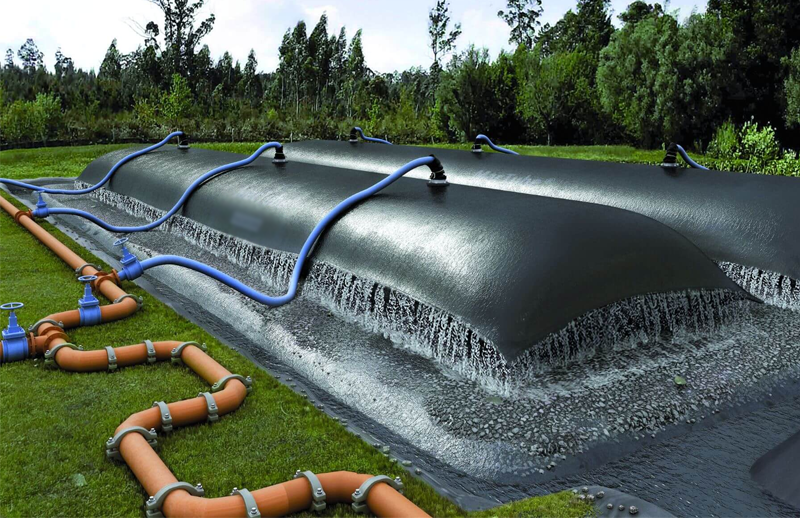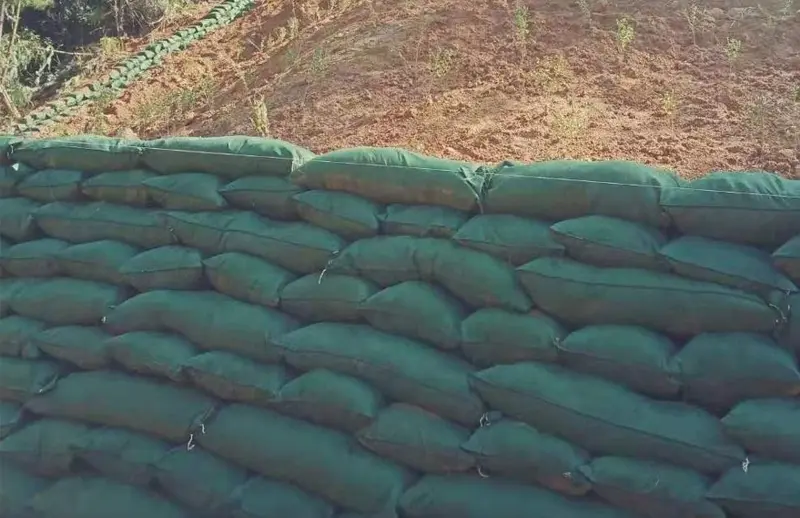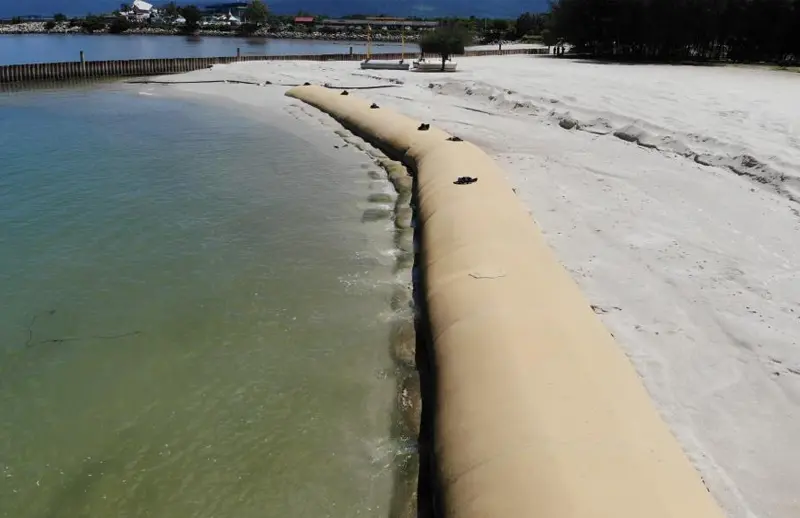
Geobag Sludge Dewatering
Geobags dewatering vessels are a dewatering device made of a specifically developed textile that confines small particulates inside the vessel while allowing water to pass through engineered textile. The solids proceed to stiffen and solidify as the water discharges.
Geotube dewatering vessels are a dewatering device made of a specifically developed textile that confines small particulates inside the vessel while allowing water to pass through engineered textile. The solids proceed to stiffen and solidify as the water discharges.
After the solids have fully solidified or fulfilled the minimal criteria for transportation, the dewatered materials can be disposed of in a variety of ways. Geotube dewatering containers are constructed into tubular, sack like, or other shapes with loading ports or other arrangements for site filling utilizing high resilience and grade seaming processes.
Filling and bulking
The dredging debris or slurry is pumped into the geobagfirst. The inclusion of ecologically friendly flocculants speeds up and facilitates the adsorption of solid debris, allowing the liquid/water to be separated.
Geotextile tube Dewaterin
During this process, excessive water flows from the Geotube’s porous geotextile layer. Dewatering results in a significant reduction in waste volume. Based on the wastewater descant’s grade, it is generally subjected to much farther processing or securely released into waterways and aquatic bodies without remediation.
Geotextile Tube Consolidation
The solid residue in the geobagproceeds to dry and stiffen after dewatering. Dewatering sludge with Geotubes results in a quantity decrease of about 90%.The geobagis eventually cut apart, and the solid debris is taken out to be disposed of.
Industry of pulp and paper
Lagoon cleaning, both primary and secondary
Railings are removed by mining and mineral processing.
Sludge from the coal industry
Sewage treatment plants in cities
Remediation of the sea
Utilities & power
Paper and pulp
Industrial light
Agriculture including the dairy farming, abattoirs and others are all examples.
Aquaculture
Agriculture including the dairy farming, abattoirs and others are all examples.
Marine construction and reformation.
Dewatering sludge from ponds, canals, lakes, etc.
Mining and mineral processing.
Offshore structure
Breakwaters
Benefits of Using Geobag
All across the globe, geobag dewatering technologies has established the technique of preference for wastewater processing plants. The following are the key benefits of dewatering technologies.
. High-volume diminution and solids conservation are achieved with this extremely efficient technique.
. Clean filtration that may be refueled via the mechanism and a strong wastewater outflow rate.
. Containers that are specially made conserve money and valuable ground area.
. Solids are easily removed and disposed of.
. Carbon footprint is reduced by using an efficient, adaptable, and environmentally friendly solution.
. In all climatic situations, it is dependable, and it eliminates functional safety hazards.
. It is economical, untroublesome, and time-saving.
. For many sediment dewatering purposes, it offers a remarkably efficient and environmentally beneficial option.
. These are reliable for durable geosynthetic non-woven fabric.
. Geobag are preventive to acids, alkalis, UV and biodegradation.
. Excellent puncture and abrasive resistance
. Available in White and Grey colour.


